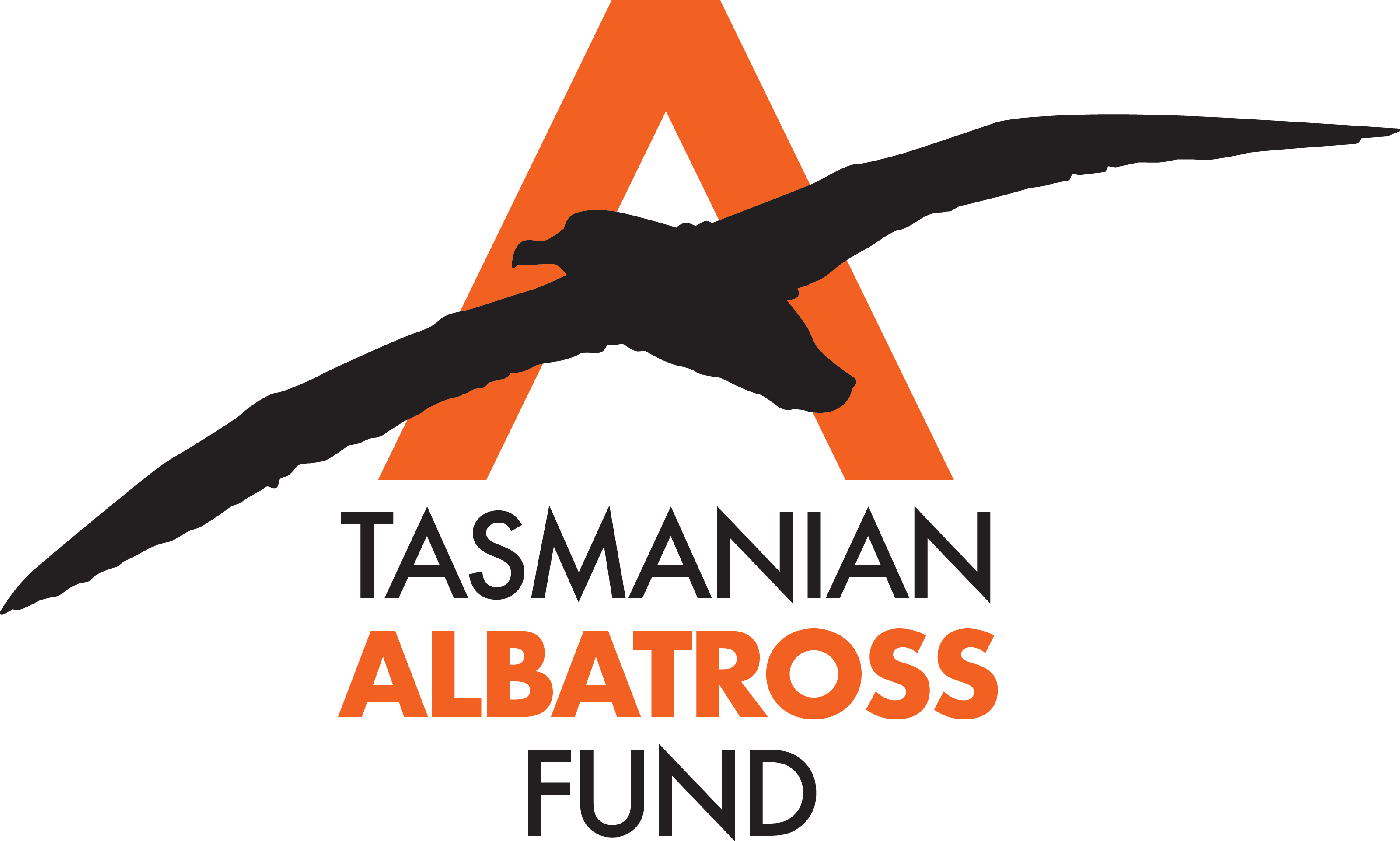The shy albatross, Thalassarche cauta, breeds only on three Tasmanian islands; Albatross Island in western Bass Strait, and Pedra Branca and the Mewstone in the south. The naturalist John Gould was the first to describe the species in 1840, and noted “that the present bird differs from all other species in the extreme caution with which it avoids rather than approaches the neighbourhood of vessels at sea”, conferring the specific name, cauta from the Latin for cautious.
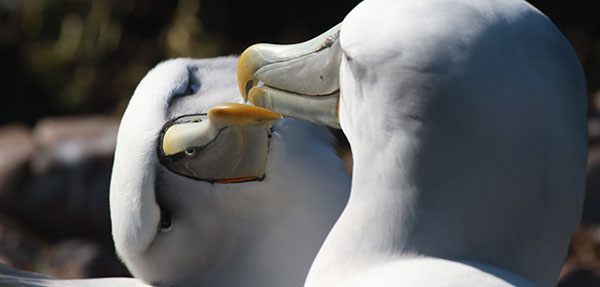
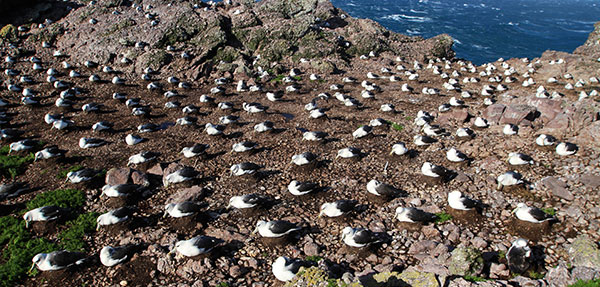
A Human History
The Tasmanian Aboriginal people of the north-west region called Albatross Island tangatema. Perhaps they paddled over in canoes on rare days when the turbulent and tidal waters of Bass Strait had subsided and the waves of the Dangerous Banks between Hunter and Albatross Islands could be safely negotiated. The first recorded visit to Albatross Island by Europeans was in December 1798 as George Bass and Matthew Flinders circumnavigated Van Dieman’s Land.
Science and Conservation
In the early 1980s, biologists from the Tasmanian State Government initiated a conservation monitoring program on Albatross Island that has evolved and continues to the present day. Several times a year, a small research team makes its way to the island to spend about a week collecting a range of data. These trips are planned to coincide with key phases in the breeding cycle of the shy albatross. Even today, the timing and duration of these trips is determined by the weather. Passage across the short stretch of Bass Straitand transfer from the boat to the island is only possible in mild conditions.
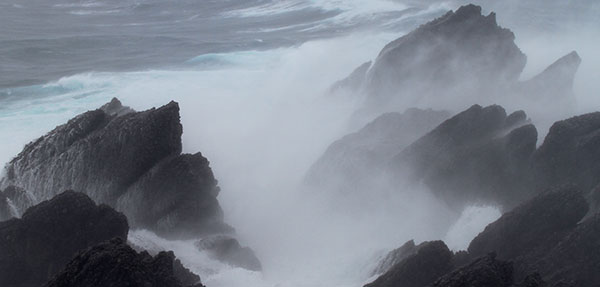
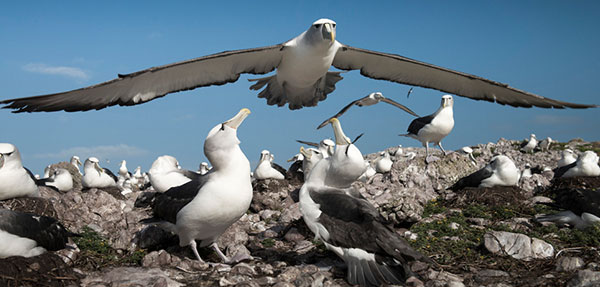
Oceans Journey
Although we focus much of our monitoring of shy albatross when they come ashore to breed on their remote island colonies, the marine environment is their real home. Their scientific name, Thalassarche, is, very appropriately, Greek for “of the ocean”. A critical component of any conservation program is understanding where these birds go during their ocean travels, what human and environmental factors do they encounter and how are these linked to trends we are seeing in the breeding population.
